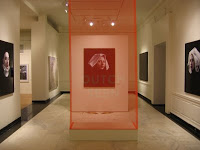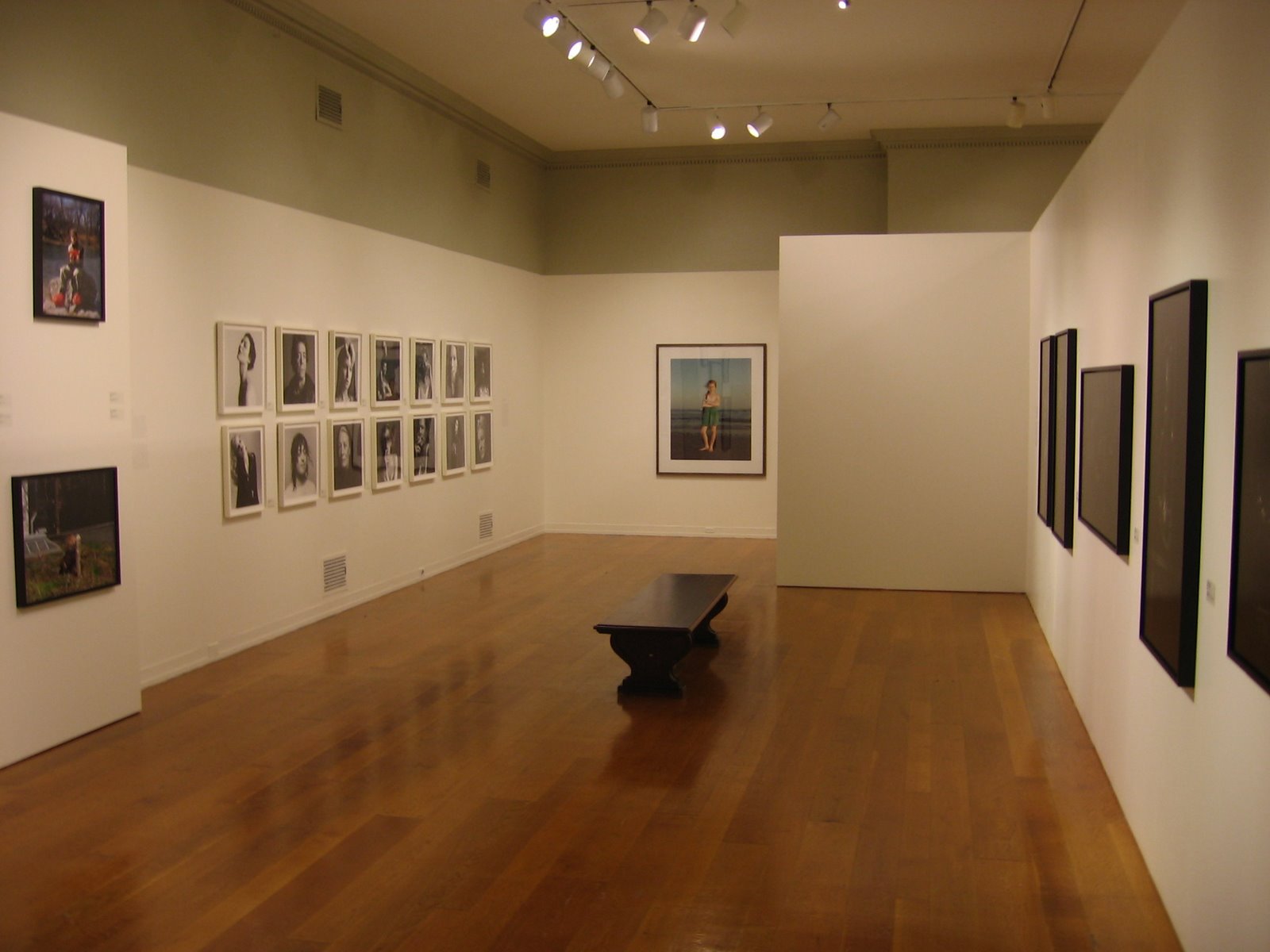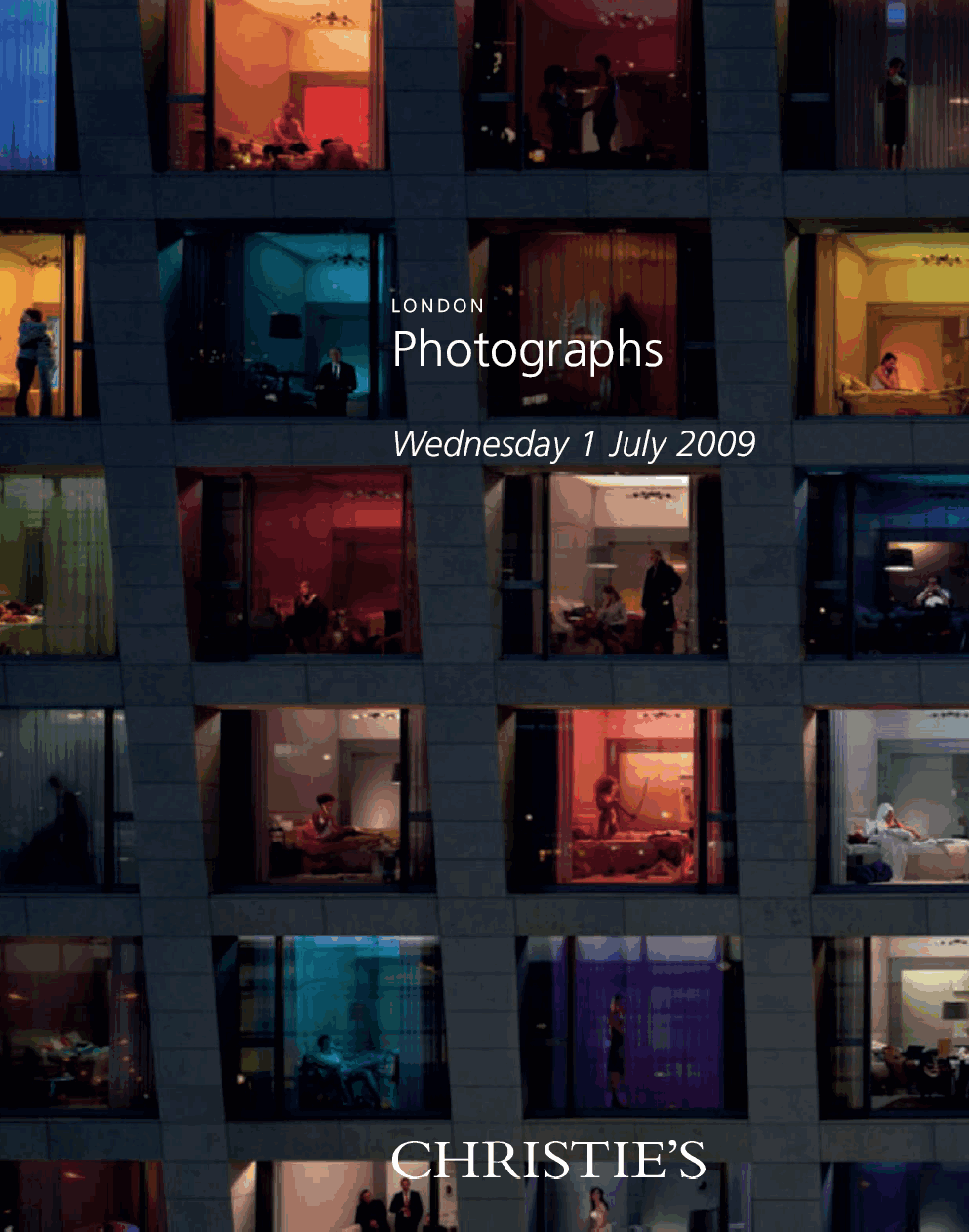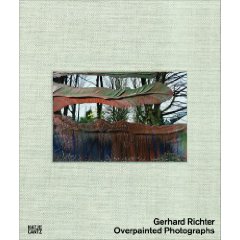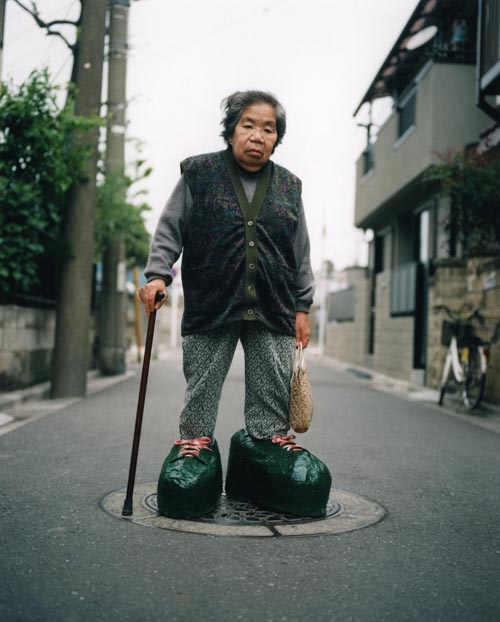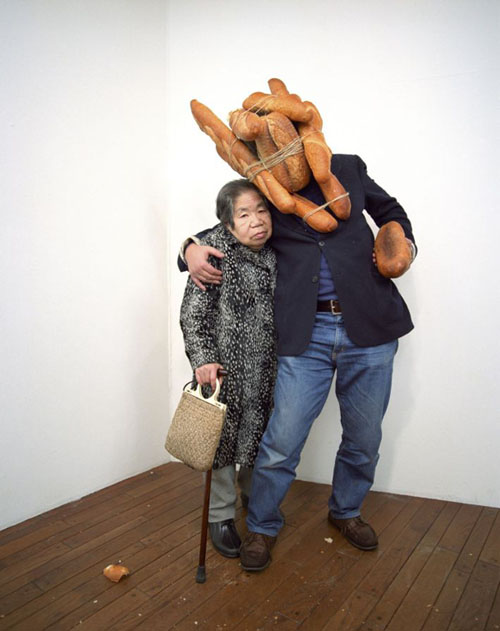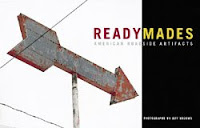 JTF (just the facts): Published in 2003 by Chronicle Books (here). 272 pages, with 274 black and white and color photographs (some duplicates). With essays by Diana Gaston, Jeff Brouws, D.J. Waldie, Luc Sante, M. Mark, Phil Patton, Joel Jensen, Mark Frauenfelder, Bruce Caron, Wendy Burton, and Alan Rapp. (Cover shot at right, via Chronicle Books website.)
JTF (just the facts): Published in 2003 by Chronicle Books (here). 272 pages, with 274 black and white and color photographs (some duplicates). With essays by Diana Gaston, Jeff Brouws, D.J. Waldie, Luc Sante, M. Mark, Phil Patton, Joel Jensen, Mark Frauenfelder, Bruce Caron, Wendy Burton, and Alan Rapp. (Cover shot at right, via Chronicle Books website.)
The book is divided into 11 separate sections, each centered on a single subject matter type. These include:
Freshly Painted Houses
Language in the Landscape
Abandoned Drive-Ins
Farm Forms
Partially Painted Pickup Trucks
Twentysix Abandoned Gasoline Stations
Freight Cars
Signs
Trailers
Bowling
Storage Units
Comments/Context: If you took Walker Evans’ love of the American vernacular and threw it into a mixer with the rigorous conceptual ideas of Bernd and Hilla Becher and added a splash of the spirit of the open road, what might emerge is the work of Jeff Brouws. In many ways, Brouws is a collector (just like some of us), cataloging fragments of increasingly obsolete American culture, making careful inventories of the worn, distressed and left behind.
This small, thick book gathers together nearly a dozen photographic projects, where Brouws has selected a single resonant American subject (beat-up partially painted pickup trucks, or railway freight cars, or bowling alleys) and then traveled the country finding multiple examples of this specific form. His images are generally straight-on “portraits” of these places or things, carefully laid out with clarity and order (although somewhat less meticulously rigid and repetitive than the Bechers). The prints are then displayed as typologies, thereby accenting the theme and variation effect found when a number of images of the same subject are brought together on one wall (or page). The result is a visual inventory of American small town culture, an anthropology of the quirks of our American personality which are slowly being lost to the homogenizing forces of global change.
The best of these groups are those that accent the individuality and eccentricities of the subjects: the garishly painted houses that seem overflowing with optimism, the lovingly dilapidated side panels of the work horse trucks, the simplicity of empty drive-ins, and the innovations in graphic design found in paint and neon across the land. I also enjoyed the systematic surveying of abandoned gas stations, as an homage to Ed Ruscha’s Twentysix Gasoline Stations.
In paging through this book, I found myself wanting more of the projects I found most interesting, and would have willingly given up several of the less successful subjects (Farm Forms and Storage Units were my least favorite) to make room for more depth on a few. That said, the diversity of common subjects creates a broader picture of the peculiar landscape of the American back roads, thereby telling a more complex and whimsical story of vernacular America.
Collector’s POV: Jeff Brouws is represented by Robert Mann Gallery in New York (here), Robert Koch Gallery in San Francisco (here), and Robert Klein Gallery in Boston (here). Surprisingly, there have been very few examples of Brouws‘ work in the secondary markets, so interested collectors will need to follow up with the appropriate retail galleries. For our particular collection, a selection/grid of gasoline stations, sign elements or colorful houses would likely be the best fit.
Transit Hub:
